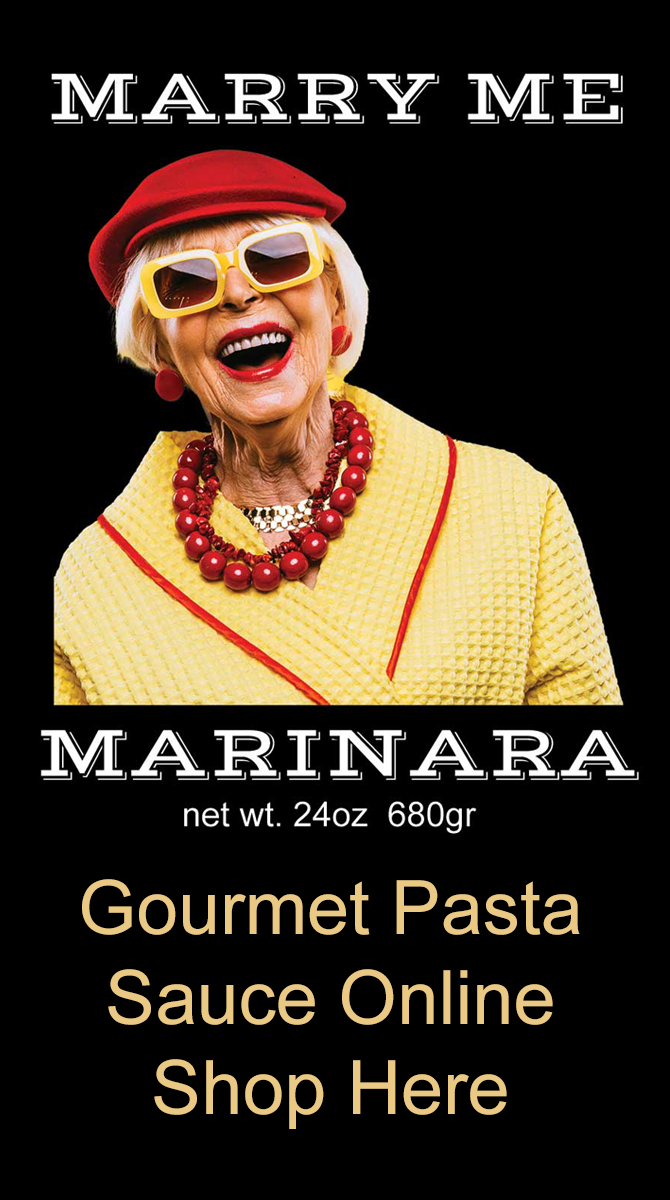Coffee is one of the most popular drinks in the world, and it comes in many different varieties. From light to dark roasts, espresso-based drinks to creamy mochas, there are countless types of coffee to choose from. In this article, we'll explore the different types of coffee and how they are made. In general, there are four main types of roasts for coffee: light, medium, dark and extra dark.
All other types of roasting will be included somewhere on this list and will be considered a subtype or subclassification, rather than a complete type of roasting on its own. The most popular type of coffee is Arabica. Coffee enthusiasts prefer Arabica beans for their flavor, which is sweeter and more complex than other types. Arabica beans are usually used for black coffee and can be enjoyed without any additional ingredients.
Interestingly, Arabica beans have less caffeine than Robusta beans. Latte is one of the most popular coffee drinks around. It's made up of a shot of espresso and steamed milk with a touch of foam. It can be ordered plain or with a flavor injection such as vanilla or pumpkin spice.
Here's how to make an imitated pumpkin spice Starbucks latte. Some variations use cream instead of milk or add a hint of flavor. A shot of espresso can be served alone or used as the base for many coffee beverages such as lattes and macchiatos. A double shot of espresso, known as a Doppio, is perfect for adding an extra boost of energy to your day.
Cappuccino is a combination of espresso and steamed hot milk, creating a balanced drink that's not too acidic. The Red Eye is a great way to wake up in the morning. It's a full cup of hot coffee with a shot of espresso mixed in. This hot coffee drink originated in Portugal and is similar to coffee with milk and cappuccino.
The only difference is that it contains twice as much frothed milk, making it lighter than the other two. A Lungo is an espresso that has been extracted for longer than usual, resulting in more caffeine and more ounces per cup. Macchiato is another espresso-based drink that has a small amount of foam on top. It's the midpoint between a cappuccino and a Doppio.
Mocha is perfect for all chocolate lovers out there. It's an espresso drink with steamed milk and foam that has less hot water than other drinks, resulting in a sweeter flavor compared to the bitter taste of traditional espresso or Doppio. This Australian-born drink is basically a cappuccino without foam or chocolate sprinkles. Affogato is an indulgent treat that can be enjoyed any time of day (or year!).
It's served with a scoop of ice cream and either one or two shots of espresso poured over it. Affogato tastes even better when served over a brownie! Irish coffee consists of black coffee, whiskey and sugar topped with whipped cream. Here's an Irish coffee recipe that will warm you up right away! Iced coffee and iced espresso can also be enjoyed on their own or with a splash of milk, cream or sweetener. You can also make iced versions of special espresso-based beverages such as Americanos, mochas, macchiatos, lattes and flat whites. The AeroPress is another manual coffee maker that's similar to the French press.
To use an AeroPress, check out this beautiful getting started guide! You can make espresso, lattes, cold brews or just a classic cup of coffee with this nifty little machine. Moka pots share many similarities with the percolator but produce an espresso-like drink instead. Both need a warm surface such as a stove or campfire but you must keep an eye on the Moka pot because when the water runs out you must remove it from the heat to prevent the coffee from tasting burnt. The longer you leave the percolator on, the stronger the coffee will be. Red eyes and black eyes are two popular breakfast beverages believed to have originated during World War II when soldiers added water to their coffee rations to extend them further. Long black is similar to Americano but originated in New Zealand and Australia and usually has more cream than an Americano. The word macchiato means mark or stain which refers to the mark that steamed milk leaves on the surface of the espresso when it's introduced into the beverage. Flavor syrups are often added to macchiatos depending on customer preferences and long macchiatos are taller versions that usually have different layers of steamed coffee and milk.
Cuts take macchiatos one step further by balancing espresso with warm milk to reduce acidity while briefs add half-and-half steamed milk for a rich creamy texture. Mochas are hybrid drinks combining coffee and hot chocolate with chocolate powder or syrup reducing acidity while affogatos are more dessert-like coffees made by pouring shots over ice cream.








